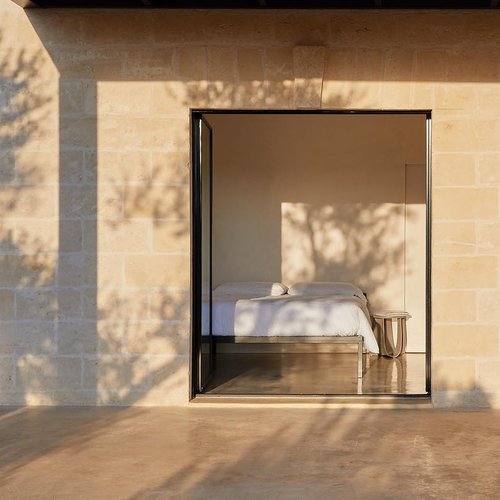
3 min read
The Impact of Natural Light on Your Living Space
Natural light is more important to your health than you think. Here’s what to do if your home doesn’t get enough.
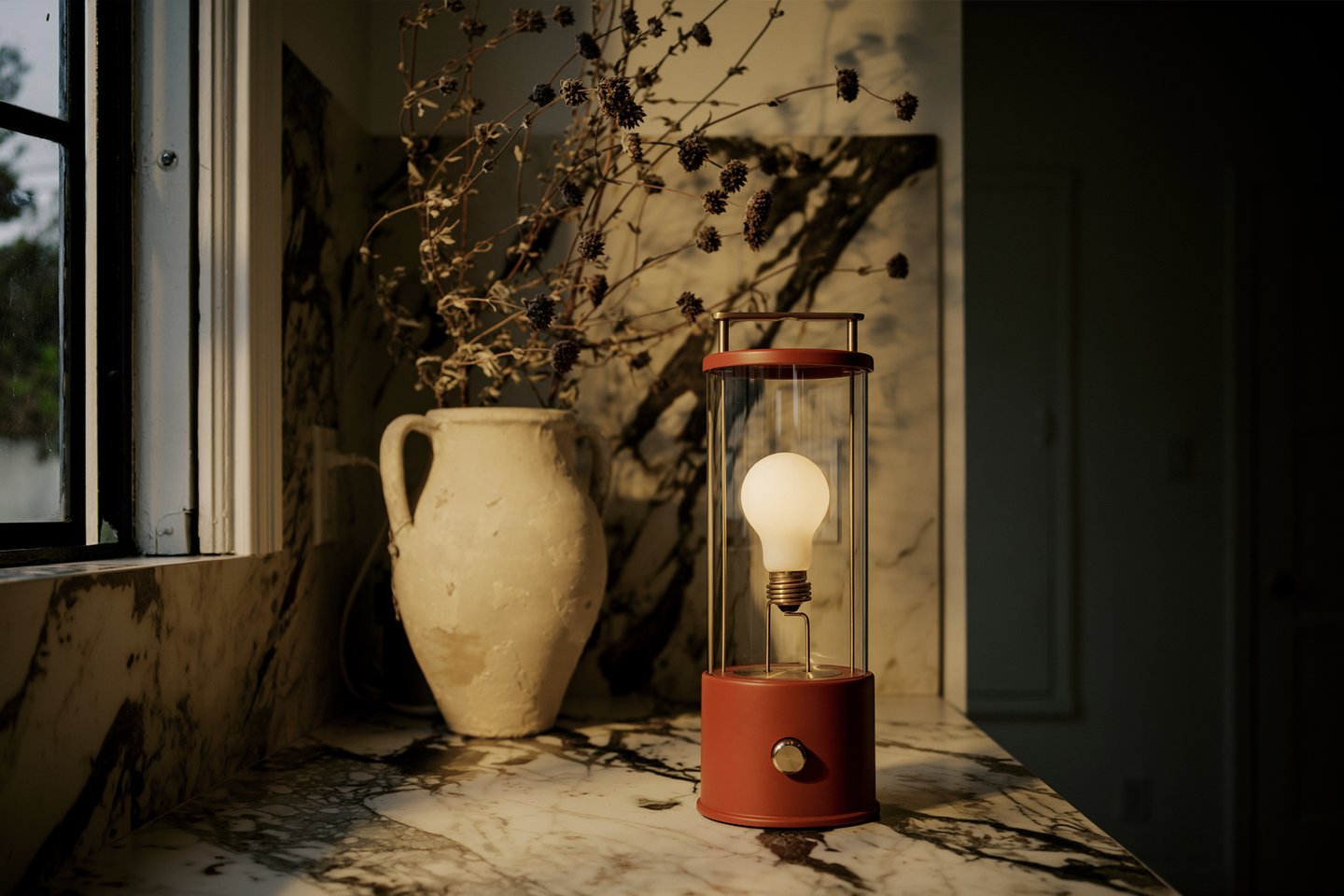
3 min read
Tala designs low-impact LED lighting that enhances living spaces while fostering wellbeing and environmental responsibility.
Tala’s shapely LED lightbulbs have been making things a little brighter since the company launched in London in 2015. Eight years and over a dozen collections later, the brand now operates from its global headquarters - a beautifully converted warehouse - in the UK capital and has expanded its reach with its products available for purchase across the US and Europe. It also has a new showroom in Shoreditch, a vibrant and creative neighborhood in East London, which opened its doors in September.
Tala came about when three university friends, Josh Ward, Max Wood and William Symington, set out to create a product that was functional, striking and mindful of sustainability. “In 2013 we were working on renewable-energy projects and it was there that the idea for Tala was born. We were installing solar panels on a hospitality project in Portugal and we saw that the LED bulbs that the architects had specified looked cold and unappealing and didn’t fit the aesthetic of the heritage buildings,” says Ward from Tala’s in-house R&D lab, where shapes, materials and dimmability are constantly being refined. “That triggered months of research while we were working odd jobs, and we finally launched Tala in 2015.”
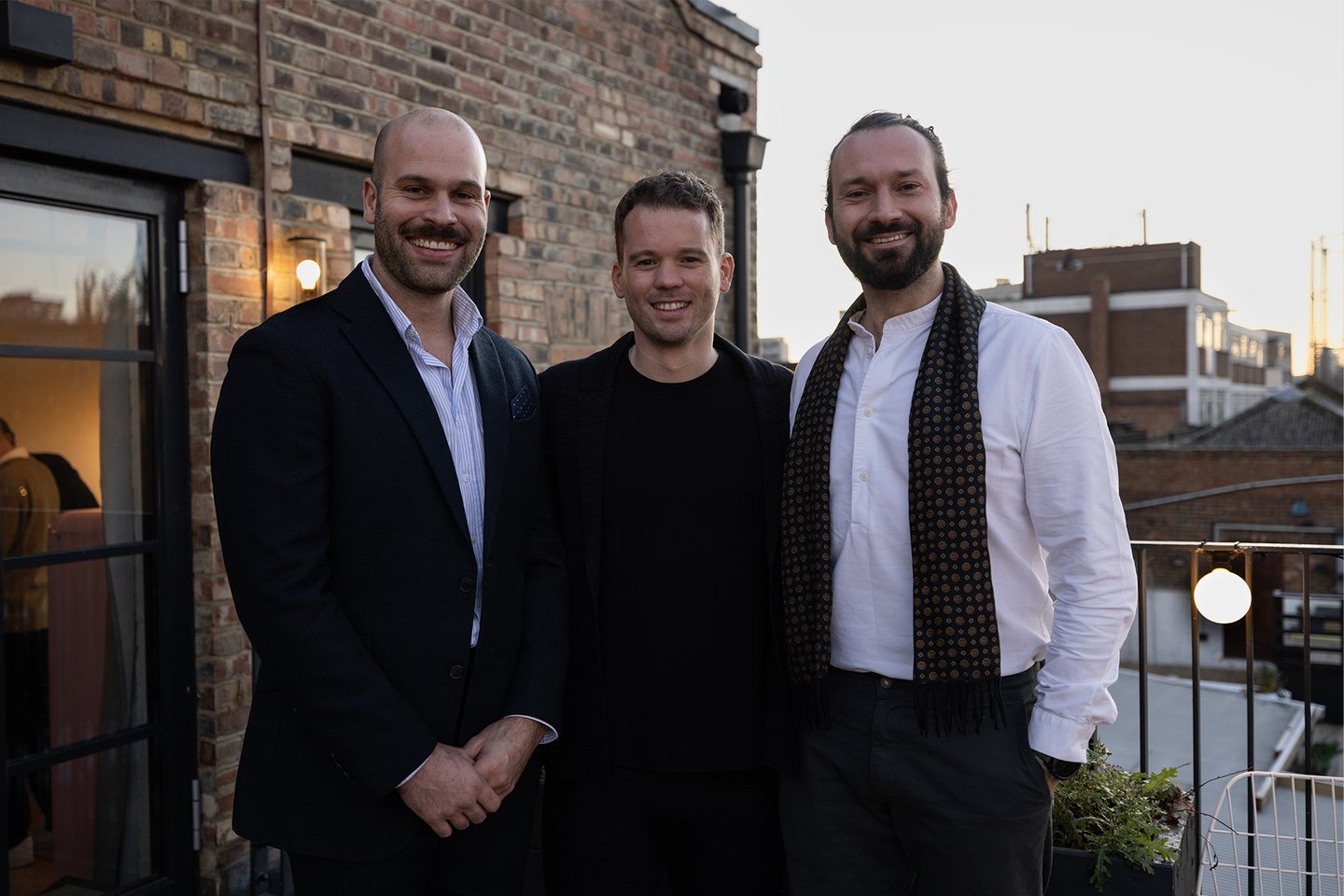
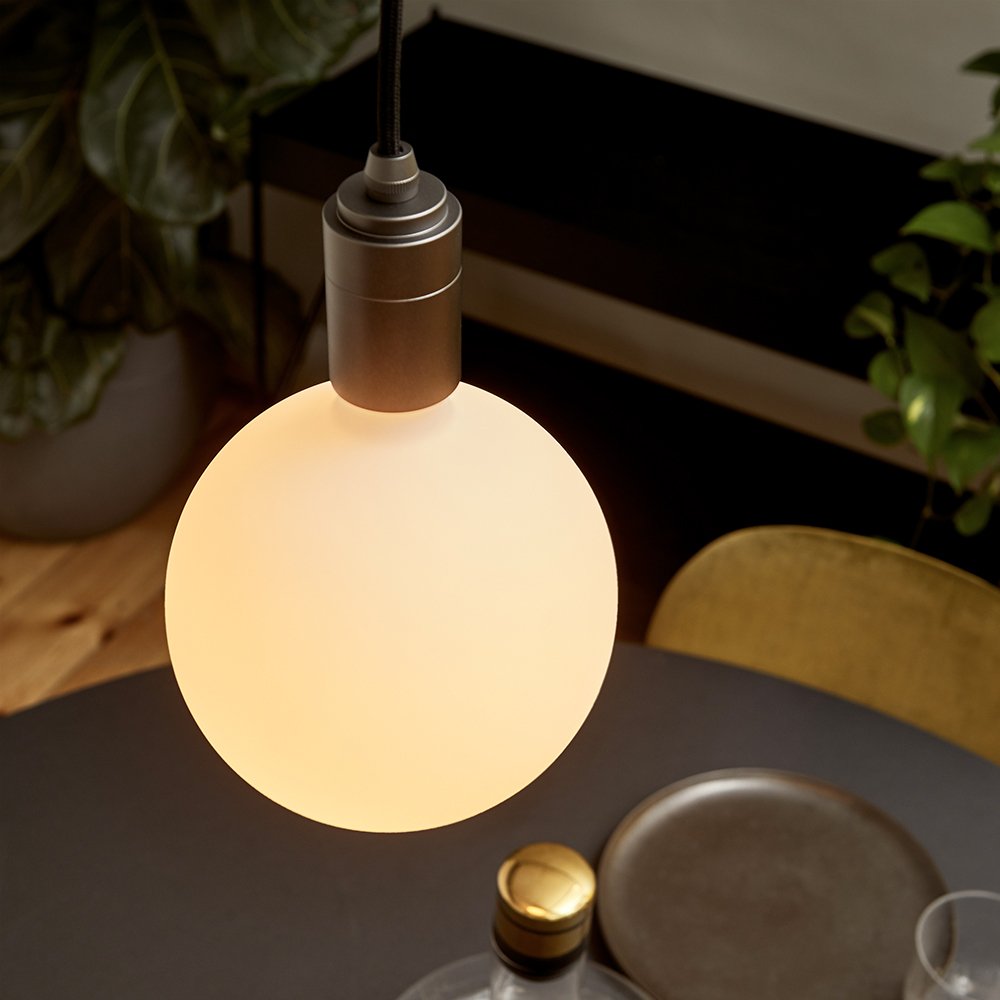
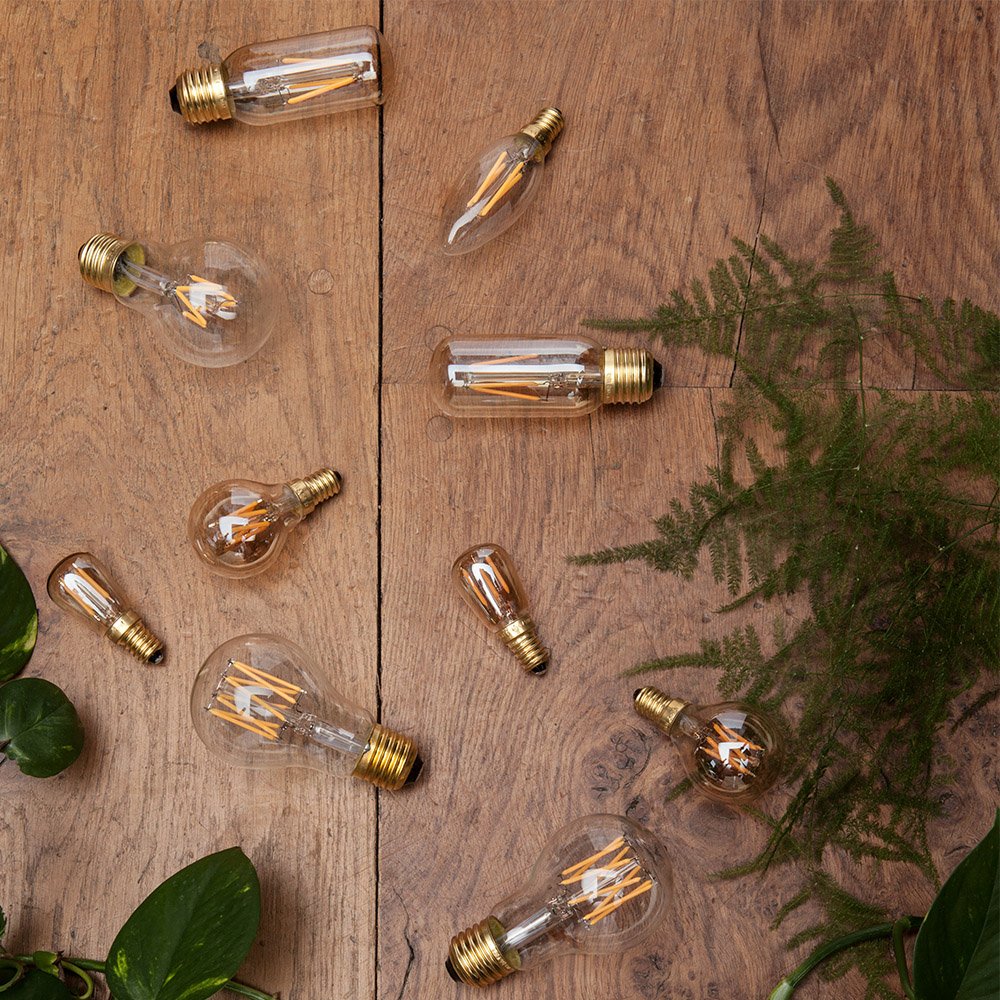
Sitting comfortably at the intersection of design and technology, Tala’s first collection referenced Edison’s classic lightbulb with its pared-back look and warm glow. This was soon followed by larger, more sophisticated lightbulbs that are desirable objects in their own right. Many of its low-energy bulbs are mouth-blown and finished by hand, and can last for more than a decade. Furthermore, Tala’s bulbs consume up to 90 percent less energy than their incandescent counterparts while lasting 15,000 to 30,000 hours — the equivalent of 5 to 10 years, depending on usage. “The miniaturization of LED drivers allowed us to create more intricate designs and it allowed us to tap into the nostalgia around older technology, such as incandescent lighting, which looks great but is horribly inefficient,” says Wood.

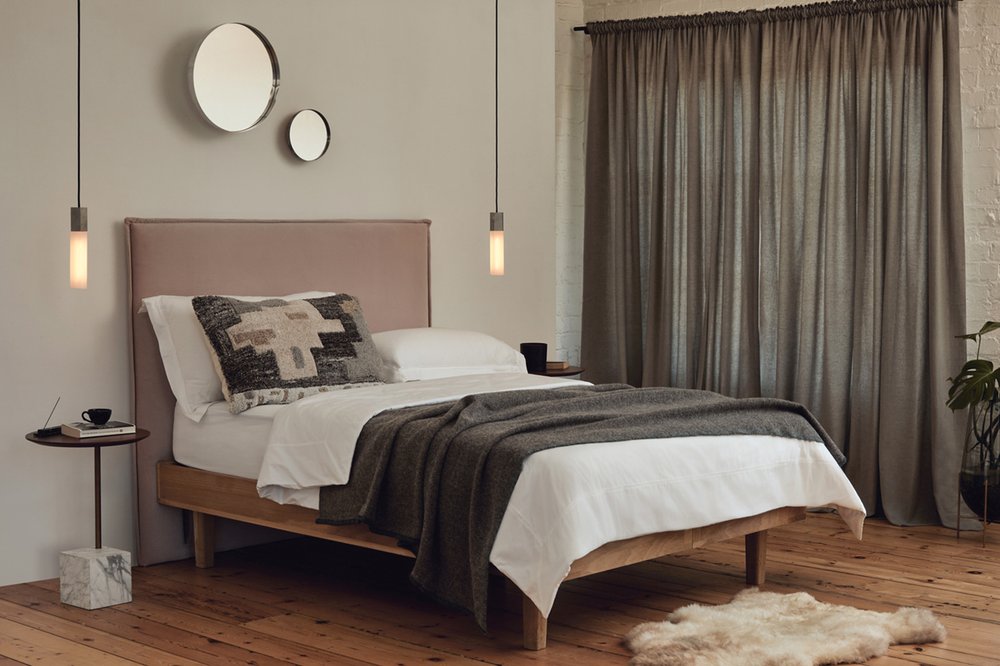

Tala’s collections often focus on patterns or themes found in nature. Its Basalt lights, for instance, are informed by the extruding basalt columns that make up the Giant’s Causeway (in Northern Ireland), while the gently curving filament in the Voronoi lights take their inspiration from the Fibonacci sequence. “How to make an object feel like it’s carved from nature is a fantastic design challenge,” adds Wood.
Sustainability has always been a core tenet of Tala’s identity and design ethos. In 2023, Tala became a B Corp company with a mission to become a zero-carbon lighting brand. “You would think it is harder to remain committed to sustainability the bigger you get, but unlike most large businesses, we haven’t needed to retrofit that ethos onto the brand – it has always been there,” explains co-founder Symington. “We now have more sophisticated systems and processes to ensure that we remain honest in our production, and we are aiming to localize more of our production now that we have the infrastructure to support it.”
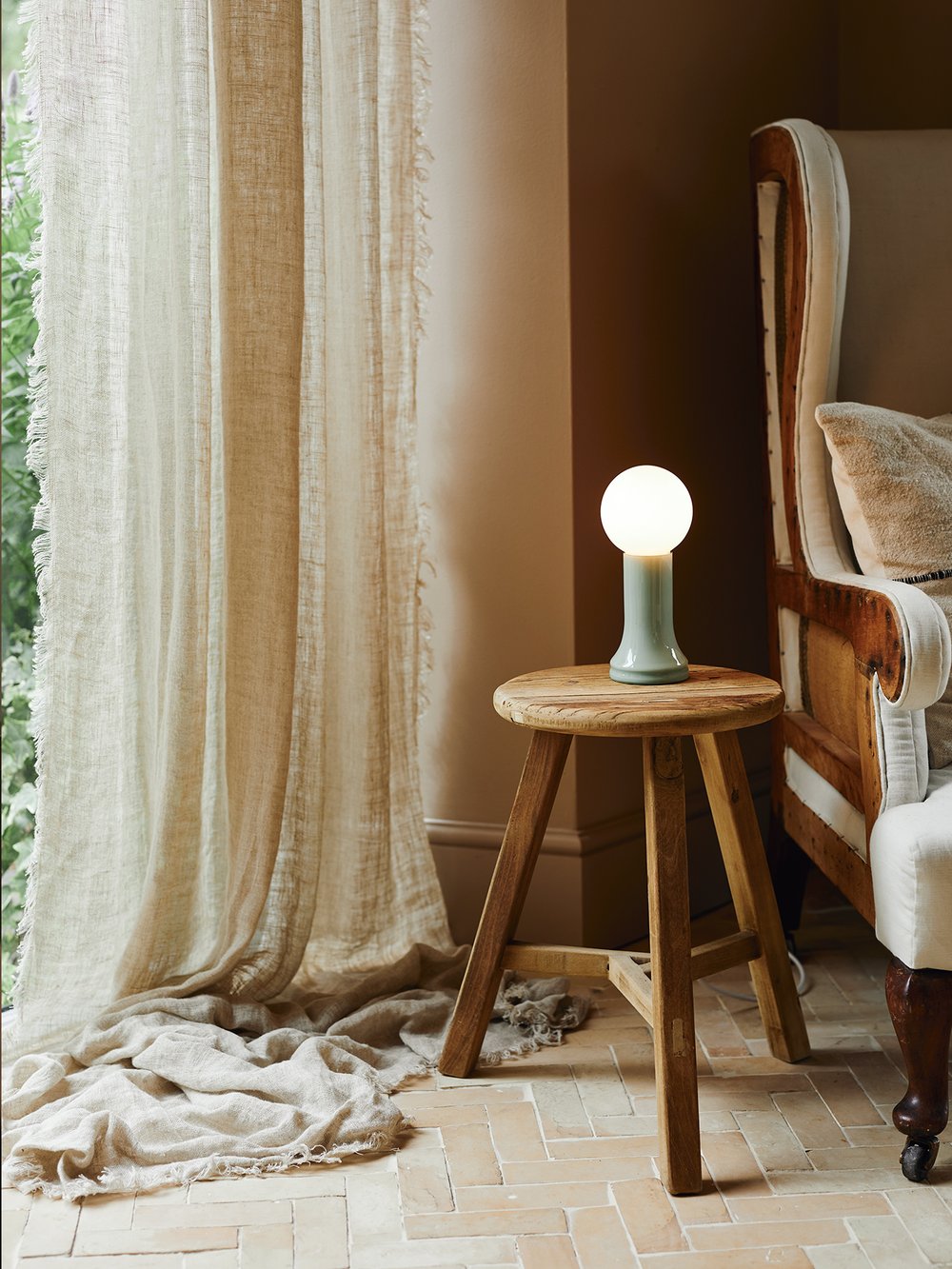
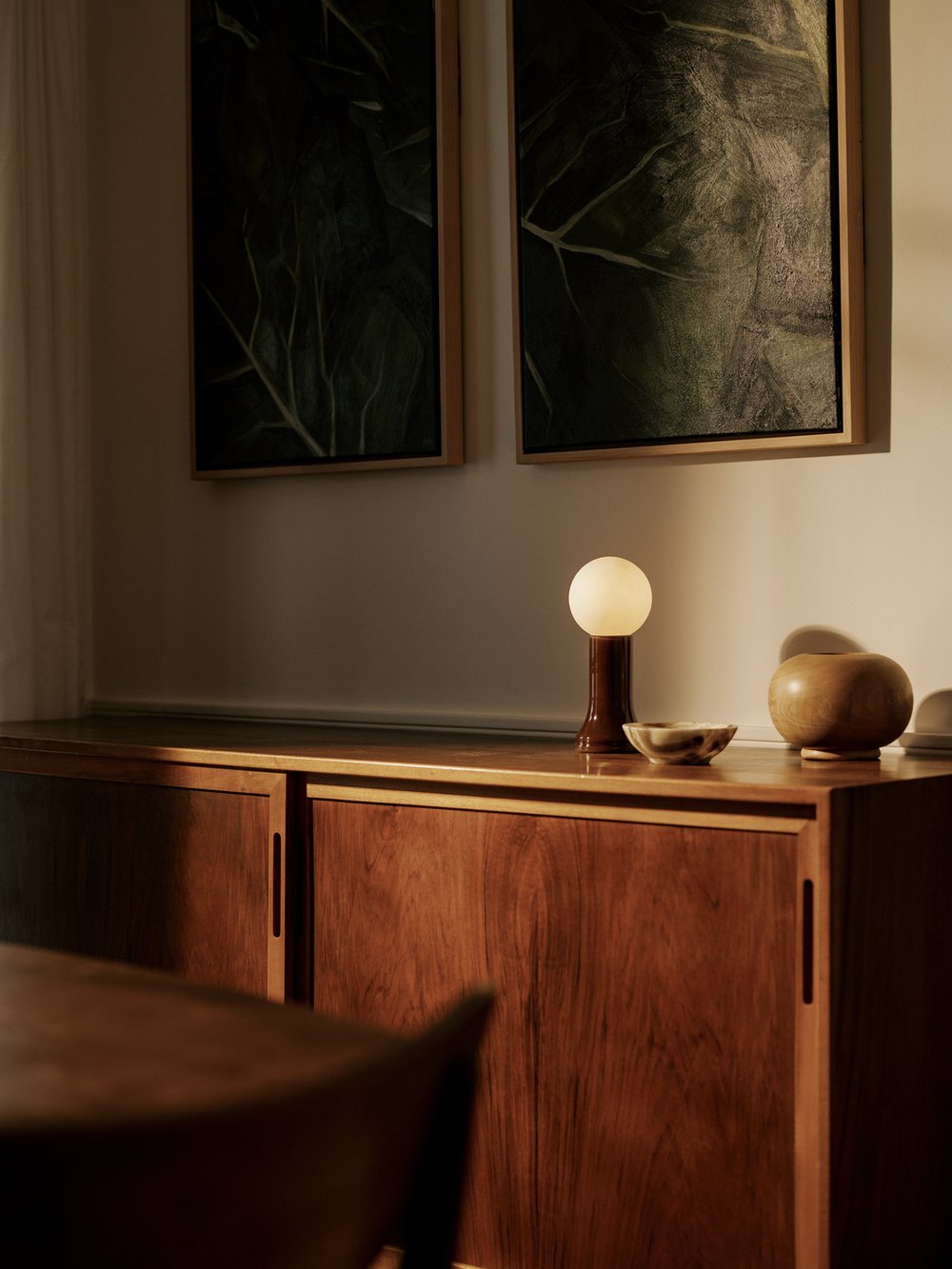
In the past decade, the co-founders have seen electronic waste become an ever-pressing issue, “so that’s where our interest in the ‘right to repair’ movement emerged,” says Ward. Tala now has two portable lamp ranges that are repairable, and the brand aims to use recyclable materials throughout its collections, such as glass and aluminum, and avoids plastics where possible. “Also, by focusing on bulb technology, rather than integrated LEDs, you don’t have to replace a whole lighting system when either the product stops working, or a new more efficient technology reaches the market,” he adds. “You can simply retrofit the existing system with a new bulb.”
"The science is clear that good-quality light – natural or artificial – can have a direct impact on mood, sleep and general wellbeing, so that is very much where our attention lies now."
William Symington
Tala is also driven by a profound curiosity in how light can impact our mental and physical wellbeing. “We’re exploring the circadian rhythm as a design and technology concept,” says Symington. “We’ve made a shift towards Dim to Warm technology (a brighter light for activities such as cooking or working, with the option to dim to provide a warm atmosphere for relaxing in the evening) with the likes of Sphere and Light Engine ranges. This has enabled our customers to mimic the effects of natural light, which is ideal for the colder, darker months. The science is clear that good-quality light – natural or artificial – can have a direct impact on mood, sleep and general wellbeing, so that is very much where our attention lies now.”
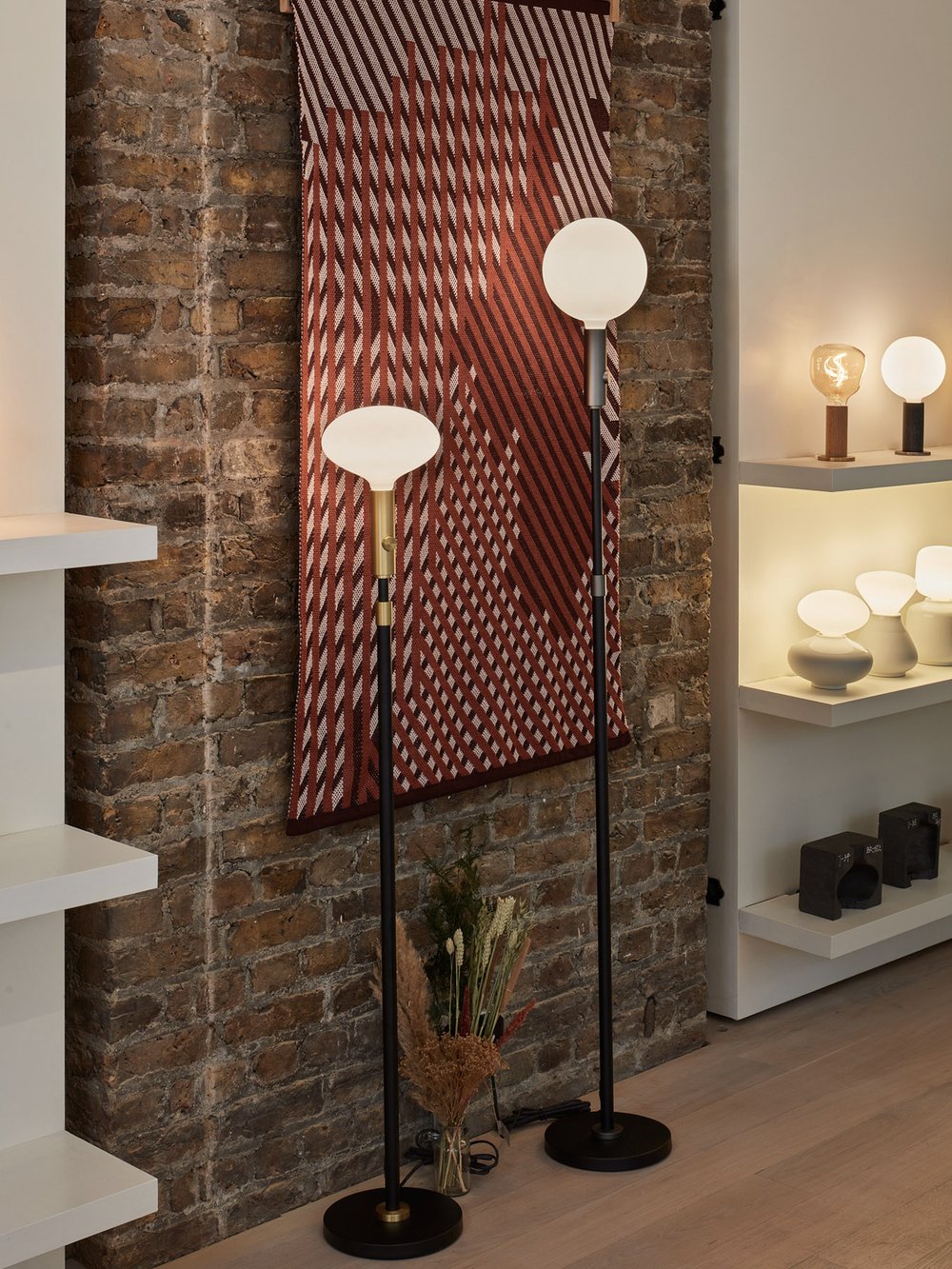

Photography: Tala


3 min read
Natural light is more important to your health than you think. Here’s what to do if your home doesn’t get enough.

2 min read
For over a century, the warm hues emanating from incandescent light bulbs were our main source of light, now they’re outlawed in the United States, paving the way for sustainable alternatives, namely LED.